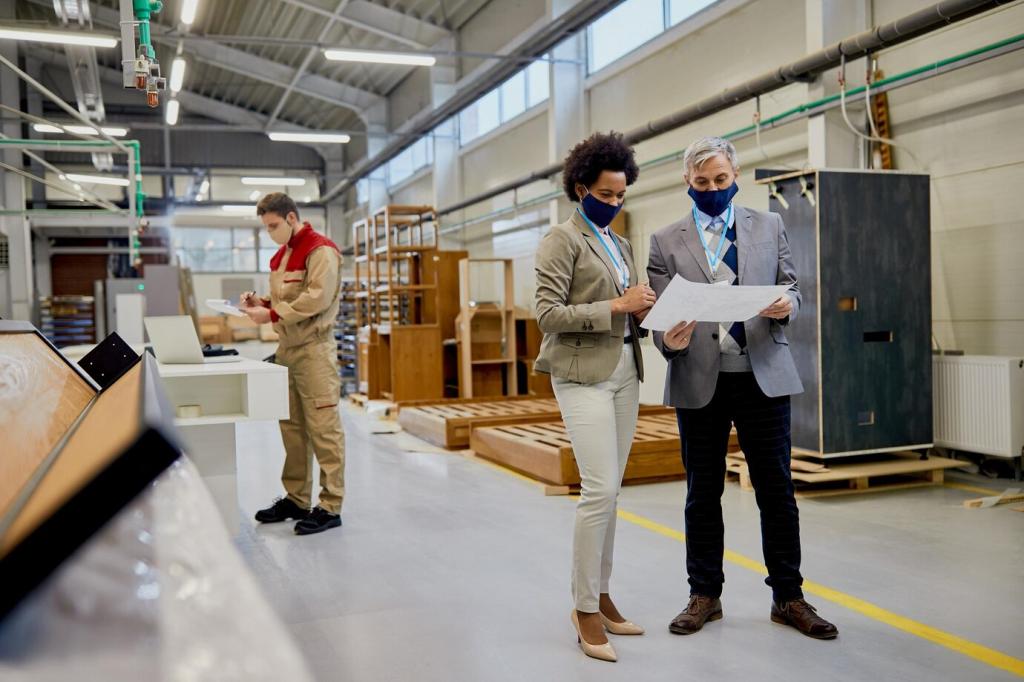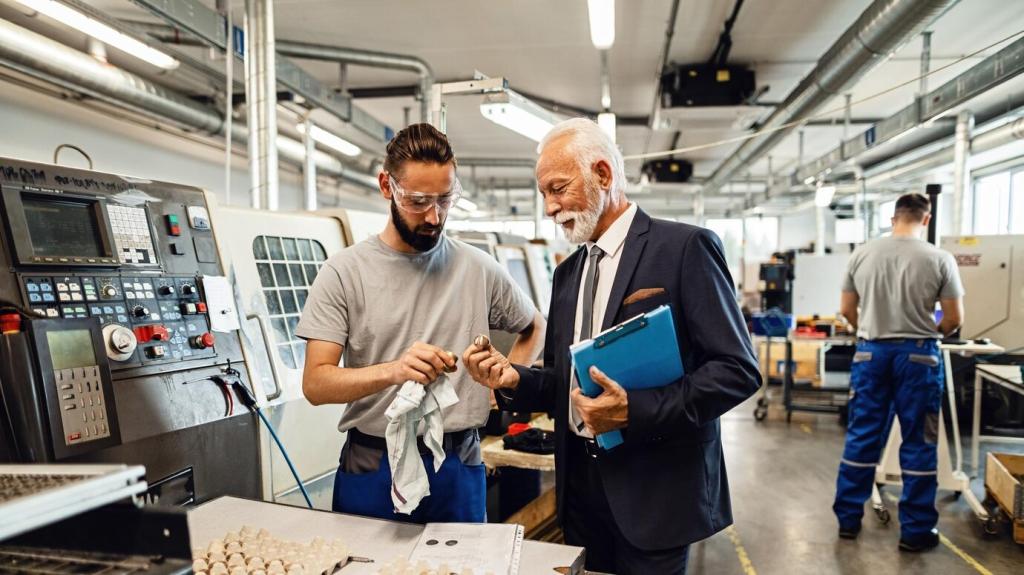
Upcycling in Modern Furniture Design: Turning Discarded Materials into Timeless Pieces
Chosen theme: Upcycling in Modern Furniture Design. Welcome to a home page dedicated to transforming cast-offs into conversation-starting furniture with soul, function, and a lighter footprint. Dive in, share your ideas, and subscribe for fresh, hands-on inspiration every week.
Foundations of Upcycling-First Design
Great upcycling starts with vision. Designers learn to read the grain of reclaimed wood, the geometry of steel offcuts, and the hidden strength of discarded frames, then orchestrate them into furniture that blends durability, aesthetics, and surprise.
Uniform lumber is predictable; salvaged material is not. Upcycling embraces odd lengths, nail holes, and scars as invitations to innovate. These quirks inspire modular joints, asymmetric silhouettes, and smart reinforcements that make each piece unmistakably one-of-a-kind.
Upcycled furniture is planned for repair, disassembly, and future reuse. Designers choose reversible joinery, label components, and avoid incompatible finishes so a table today can become shelving tomorrow. Tell us how you future-proof your projects.

Ethical Sourcing and Smart Salvage
Great finds happen at 6 a.m. on bulk pickup days, during remodels, or as businesses refresh interiors. Seek permits where required, ask property managers respectfully, and document sources. Responsible scavenging keeps communities supportive and your workshop well-stocked.




Aesthetics: Story, Character, and Modernity
Attach a small tag describing the material’s origin: warehouse joists from 1968, a cinema balcony rail, or school lab worktops. These micro-stories deepen emotional connection and turn every piece into a living fragment of urban memory.


Aesthetics: Story, Character, and Modernity
A dent can be a decade of use; a nail shadow, a worker’s day. Curate imperfections deliberately, pairing rugged surfaces with precise geometry so the furniture reads as intentional, cultured, and ready for daily life.


Case Study: A Door Reborn as a Dining Table
An oak panel door, discarded during a renovation, showed water stains, lead paint remnants, and a warped stile. Moisture readings guided drying, while a lead test confirmed encapsulation was necessary. The dimensional heft suggested a striking, generous tabletop.
Case Study: A Door Reborn as a Dining Table
Panels were floated within a new frame, preserving their raised profiles. A spline joint aligned the two best boards; hidden steel C-channels countered potential cupping. The original brass handle became a conversation piece centered under glass.
Sustainability by the Numbers
Embodied Carbon and Waste Diversion
Reusing lumber typically avoids kiln-drying emissions and milling waste. A medium table can divert 20–40 kilograms of material from landfill and dodge the embodied carbon of newly milled boards, depending on species, transport distance, and finishing choices.

Get Involved: Community Challenges and Resources
This month: transform a broken chair into functional storage. Post before-and-after photos, a cut list, and your finishing recipe. We will spotlight ingenuity, safety, and clear documentation so others can replicate your success responsibly at home.


Get Involved: Community Challenges and Resources
Add your favorite architectural salvage shops, community wood bins, and responsible dumpsters to our shared map. Tell us best times, staff tips, and how to request permission. Your intel helps newcomers start safely and respectfully.
Join our mailing list
